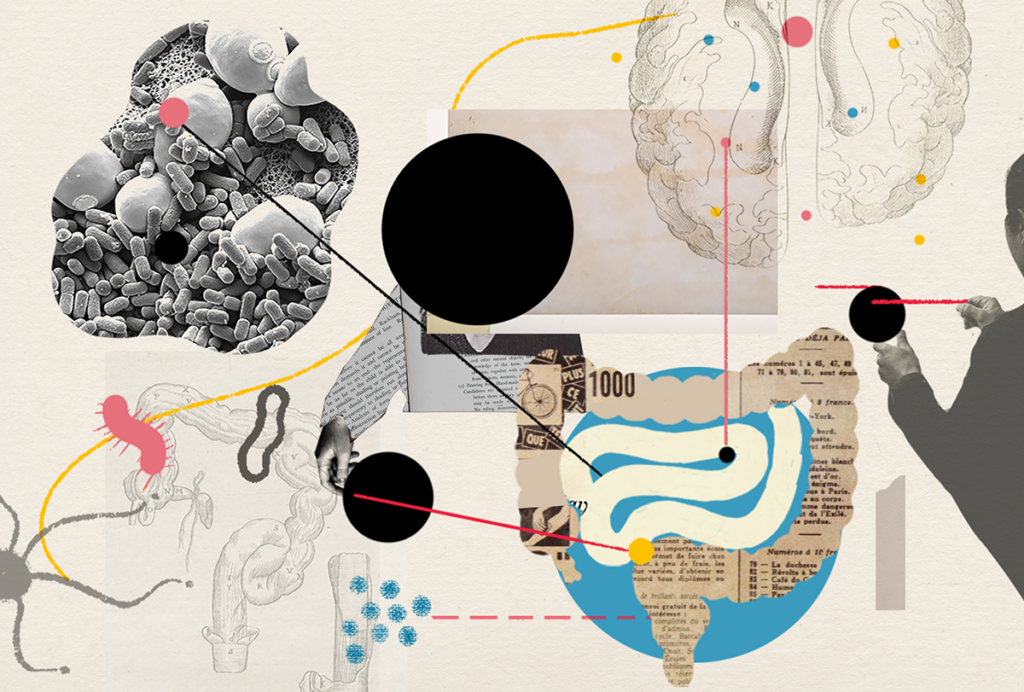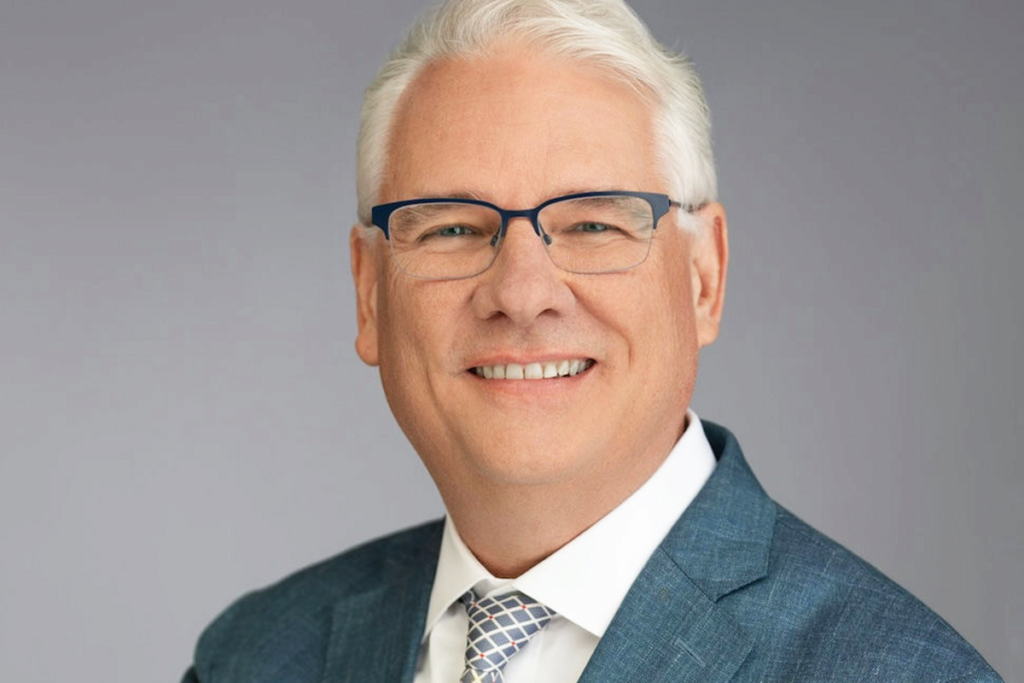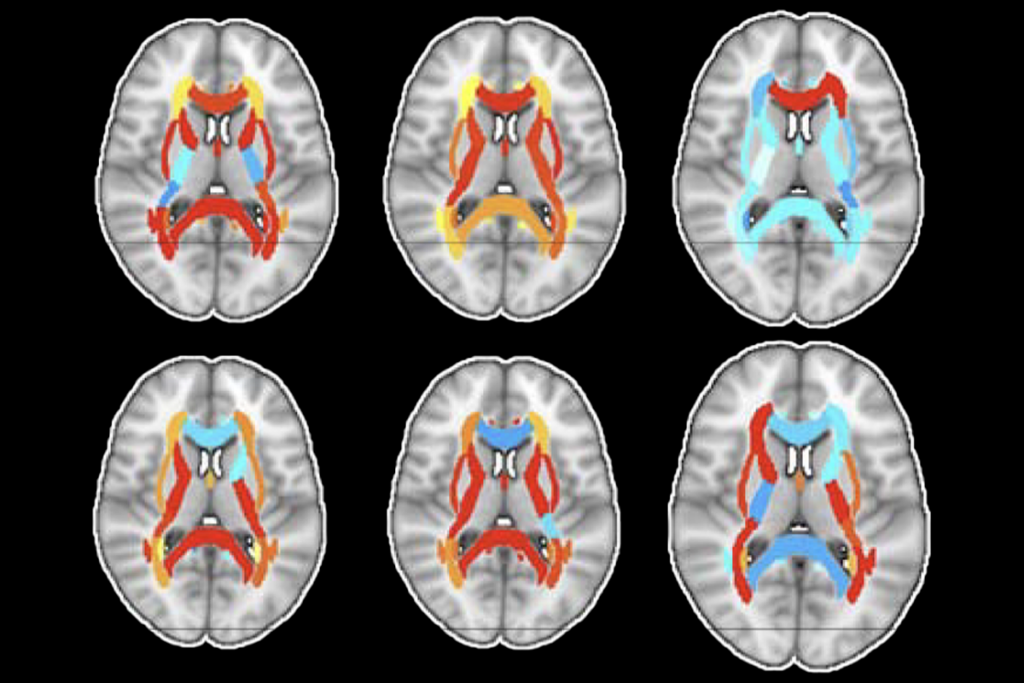Culture scheme yields realistic neuron mixture
Using a clever culture method, scientists can transform human stem cells into a precise blend of neuron types.
Using a clever culture method, scientists can transform human stem cells into a specific blend of neurons that increase brain activity and those that dampen it. The technique could help researchers find factors that lead to an imbalance of excitatory and inhibitory activity in the brain, a disparity thought to contribute to autism.
About 80 percent of neurons in the human brain’s outer layer, the cerebral cortex, send signals that excite other neurons, and the other 20 percent send inhibitory messages. When scientists convert stem cells into neurons using standard techniques, they can create either excitatory or inhibitory neurons, or an unpredictable ratio of both. The new method, described in April in Science Translational Medicine, generates both types of cells in roughly the same proportions as exist in an adult brain1.
In the study, researchers grew two types of human stem cells for just over one week in a broth. This liquid causes the cells to gather into flower-like clusters called rosettes, a step on their way to becoming neurons. Cells in the center of each cluster express FOXG1, a protein critical for cortical development and a potential player in autism. They also express protein markers for a variety of immature neuron types.
Vitamin treatment:
The researchers transferred these central cells to culture dishes, where they grew into neurons after two to three weeks. The cells’ protein expression patterns indicated that more than 90 percent of them were excitatory, and less than 7 percent were inhibitory. (The researchers did not characterize the remaining cells.)
To adjust this ratio, the researchers treated the cells with retinoic acid, a vitamin A derivative that turns on genes that help neurons to mature. The researchers varied the duration of the treatment until they got the desired ratio of cells. They found that one week of retinoic acid, followed by four weeks of no treatment, leads to 80 percent excitatory and 20 percent inhibitory cells. The resulting blend contains various types of inhibitory neurons in proportions similar to those in a sample of human cortex.
The cells in the culture also generate both excitatory and inhibitory signals. Treating these cells with compounds that either block all neuronal activity or only inhibitory activity leads to a rise in excitatory signaling to compensate. These results indicate that the cells form functional networks and can regulate their own activity.
The cells could be useful for exploring how autism-linked genetic mutations affect neuronal connectivity or tip the excitatory-inhibitory balance, the researchers say.
References:
- Xu J.C. et al. Sci. Transl. Med. 8, 333ra48 (2016) PubMed
Recommended reading

Going against the gut: Q&A with Kevin Mitchell on the autism-microbiome theory

Constellation of studies charts brain development, offers ‘dramatic revision’
Explore more from The Transmitter

A change at the top of SfN as neuroscientists gather in San Diego


